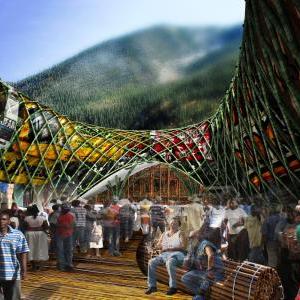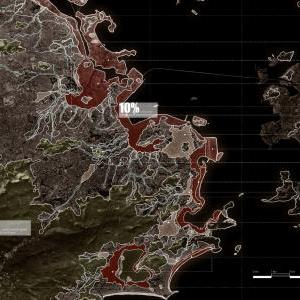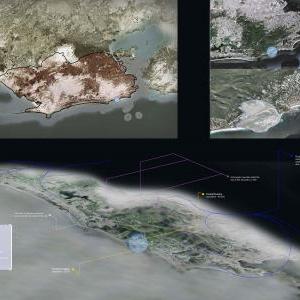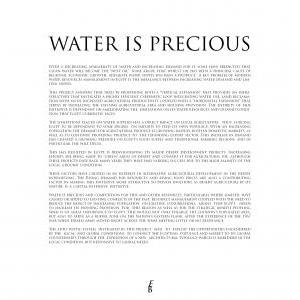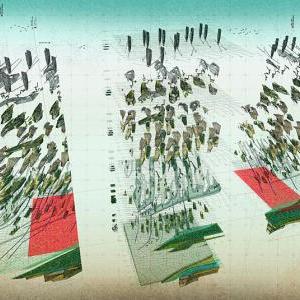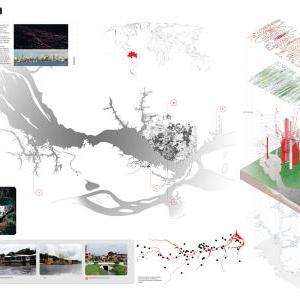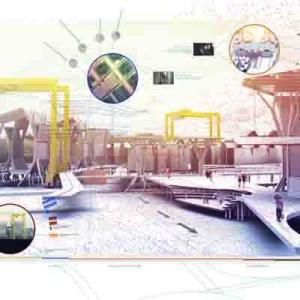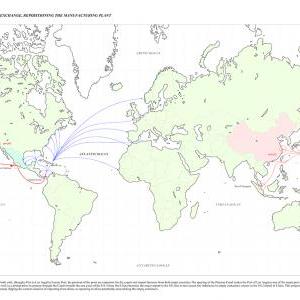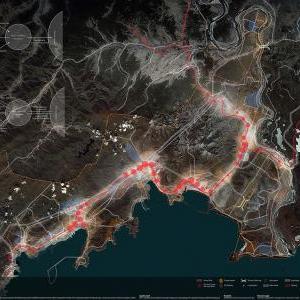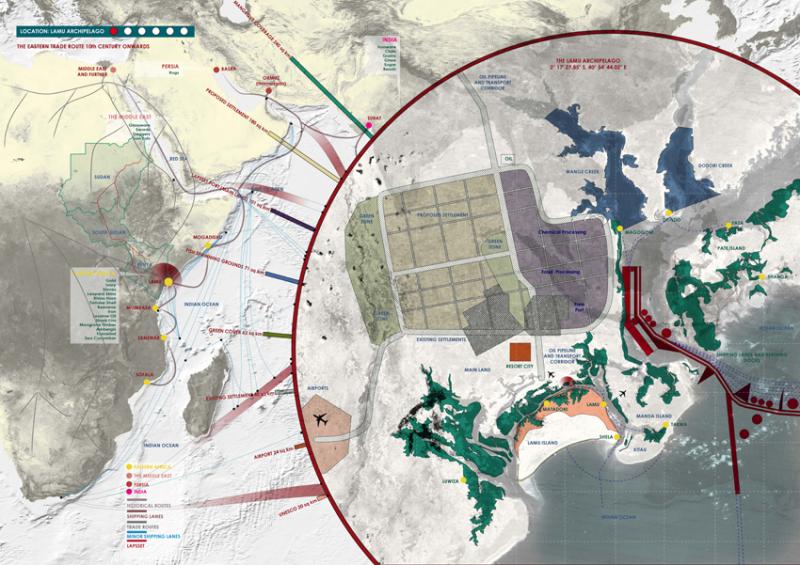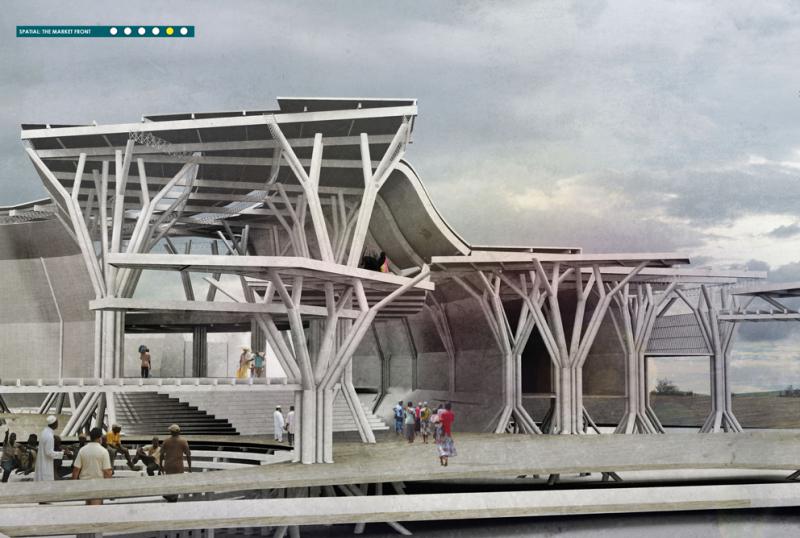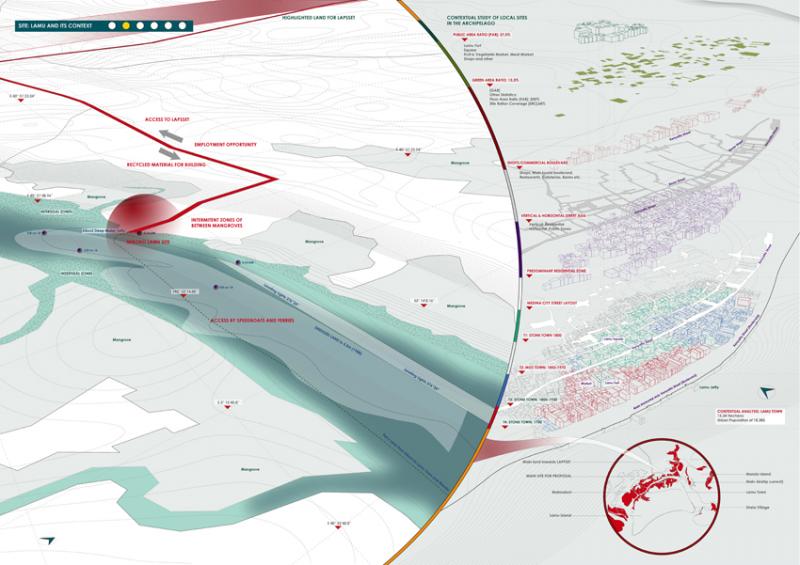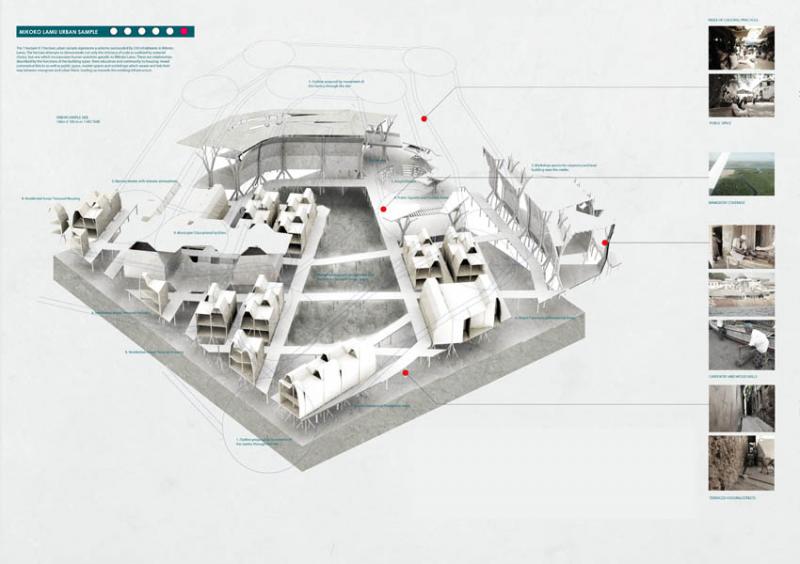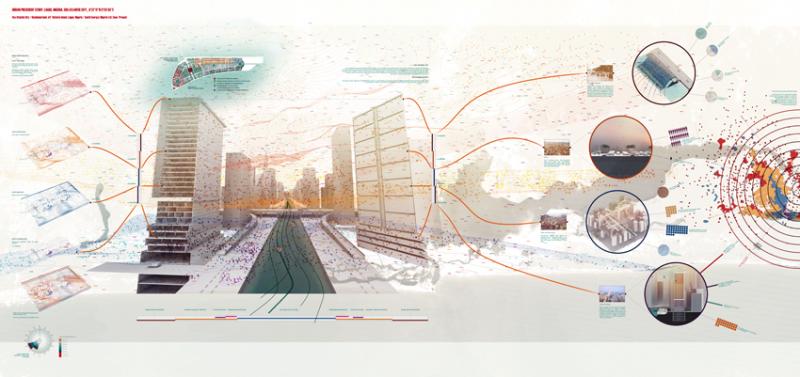Diploma 16 is continuing its exploration of emerging design and fabrication techniques capable of addressing the complexity of adaptation to new environmental contingencies. The unit firmly harbours the idea that experimentation in the design and material manifestation of our physical environment is critical to sustaining our world.
We believe in a ‘no fear of failure’ ethos through a vigorous experimental design culture that exploits the projective capacity of both architecture and planning. We are pursuing grand architectural and urban visions with the intent to engender a fertile ground for invention in relation to regenerative development. The work continues to explore of our changing environmental, social, economic and cultural conditions as a springboard for innovative production models, ecological urban and architectural design, and visionary tectonics.
The Super Order agenda experiments with the city as a design project. The brief proposes the establishment of new socio-economic, environmental and cultural orders as primers for resilient and self-generating urban morphology. This prototypical urban form and structure, intended for tabula rasa conditions, is underpinned by the belief that new forms emerge from the discovery of new materials coupled with the development of design, fabrication and production tools. We deploy new material in the pursuit of cultural and biome-specific public space and urban fabric, where morphology and a time-based metabolism (in)form an urban ecology.
Despite the current economic climate bordering on a global depression, new model cities are being designed and constructed around the world. The unit is searching for a detailed understanding of how these projects impact the environment. How can questions pertaining to technology, nature and human factors be balanced in the formation of an overall architectural ecology? How can architecture and planning give more back to our natural environment than it takes? To answer these questions Diploma 16 produces work that is given a material and tectonic expression focusing on the new form of civic (social) space, carbon-neutral (technology) performance, biome (environment) specificities, and the new architectonic (design) order.
Unit Masters
Andrew Wai-Tat Yau
Jonas Lundberg
Supported by
Andrea Marini
Kengo Skorick
Michael Kloihofer
Structural Consultancy
AKT
Imperial College
Special thanks to
Brett Steele, Marilyn Dyer, Belinda Flaherty and all the other members of the AA community who have supported us throughout the year. Also special thanks to the Technical Studies team and our guest critics for their invaluable contribution.
Harpreet Marway
Mikoko Lamu: Positive Growth For A Region On The Brink Of Change.
The aim of my project is to redevelop a sample of an urban settlement in Lamu, Kenya, which is able to grow strategically, by investigating an inherent relationship with the surrounding cultural and ecological context. My urban proposal is for a workforce attracted to benefiting economically from a new port proposal in Lamu, off the coast of East Africa. The port is part of a wider LAPSSET
framework which links three countries through an oil pipeline ending in Lamu. Despite conflict between the authorities and local people, I am attempting to utilise what is imminent- that is the new port- and using some of the resources it can afford to provide to contribute to my settlement scheme. This is achieved through the use of a recyclable and importable material composite of plastic and lumber as well as a deployment system using port gantries.
